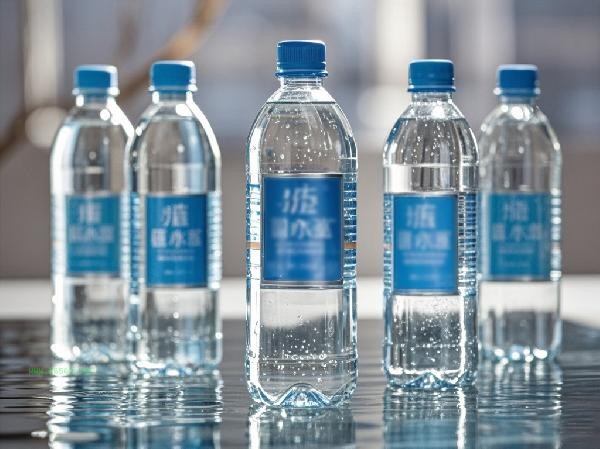A kettle can boil cola, but it may affect the lifespan of the kettle and pose a safety hazard. After heating cola, a large number of bubbles will be generated, which may overflow and damage electrical components. High temperature may also accelerate the corrosion of the kettle liner. If you need to heat cola, it is recommended to use a stainless steel pot to simmer over low heat. When using a kettle to heat carbonated beverages, the carbon dioxide gas produced by boiling will rapidly expand, which may cause liquid splashing. The temperature control system of ordinary electric kettles is designed for clean water and cannot accurately control the heating temperature of sugary drinks. Sugar is prone to coking and adhering to the heating chassis at high temperatures, which can reduce heating efficiency over time. Some plastic parts of the kettle may be corroded by acidic substances in cola, posing a risk of residual odor.

In special circumstances where a small amount of cola needs to be quickly heated, a professional hot water kettle with a stainless steel inner pot can be used, and it should be thoroughly cleaned immediately after heating. Industrial grade electric heating containers can withstand the corrosiveness of carbonated beverages, but household equipment usually does not have this acid and alkali resistance. After boiling cola, the flavor substances are easily volatile, and the sweetness will increase due to the evaporation of water, which may affect the taste of drinking.

It is recommended to use open flame cookware for heating carbonated beverages to observe the boiling state. After use, clean the kettle with white vinegar or citric acid to avoid sugar crystallization blocking the water outlet. Long term consumption of heated cola may increase the risk of dental caries, and high temperatures can cause some phosphates to combine with calcium to form precipitates, affecting mineral absorption. Special populations such as those with excessive stomach acid should avoid drinking hot cola to prevent irritation of the gastric mucosa. If it is necessary to use electrical heating, please immediately turn off the power and let it stand until the bubbles dissipate before opening the lid.









Comments (0)
Leave a Comment
No comments yet
Be the first to share your thoughts!